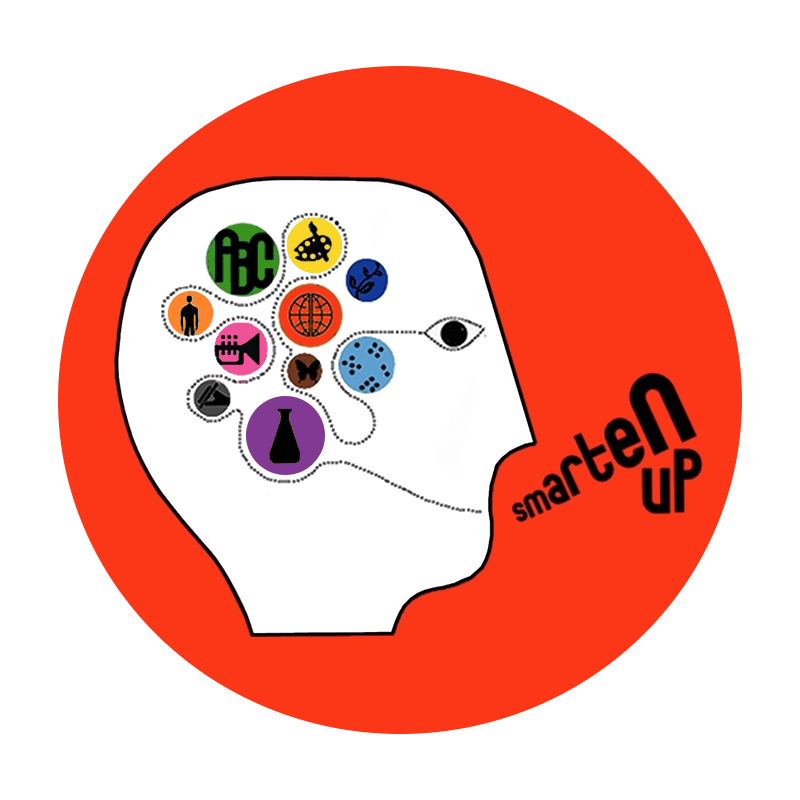Early Elementary: Motivation
In their first experiences with academic tasks the most important work habit children should build is motivation to get started. This has a lot to do with the messages we send them around “homework” and other tasks that might not necessarily be their first choice. Lots of kids eventually develop the mindset that homework is a chore and something to dread. Sometimes, this mentality is unavoidable, but there are things we can do to prevent it!
Simply changing the language we use with our kids at homework time can shift the way they think about it. Instead of presenting it as a responsibility (which it is), present it as something fun! Take the first few minutes to sit with them and engage with them in what it is they’re doing. Show genuine interest in the book they are reading, or the math problem they are solving. And most importantly, eliminate pressure for them to get it right the first time!
Upper Elementary: Independence
The next study milestone in a student’s development is increased independence. If your child has been lucky enough to develop and maintain a healthy level of motivation (or at least a desire to get things out of the way), then around third or fourth grade, he or she should begin to develop the ability to execute homework routines independently. Younger students may need you to help them locate their homework, collect necessary materials, and pack up when they’re finished. As students get older, they should be able to do these things on their own. Depending on how strong your child’s executive functioning skills are, this may take more or less time for them to fully develop.
Middle School: Organization
The increasing demands that middle school work presents require that students become more organized. This includes both organization of physical materials and space, as well as the ability to organize their thoughts and ideas. For most students, these go hand-in-hand. That is to say, if a student has trouble keeping his or her workspace organized, chances are he also struggles with organizing his thoughts and ideas. To assist students in organizing space, consider simple but effective tools like labels and color-coding. To help them strengthen their ability to organize their thoughts, offer graphic organizers, which can work wonders in this department.
High School: Initiative
At the high school level, a majority of students’ schoolwork has evolved from worksheets and nightly tasks to longer-term assignments that require those strong executive functioning skills like planning and organization. A key skill at this level is taking initiative. This includes the ability to self advocate, start and finish assignments in a timely manner, and utilize strategies that are effective for completing work. A common reason that students lack initiative is when they don’t see how their learning is relevant to their lives. Both teachers and parents can work toward building this initiative by helping students see these connections. The more relevant their work feels to them, the more likely students are to have that intrinsic motivation you worked so hard to help them develop at a young age!










